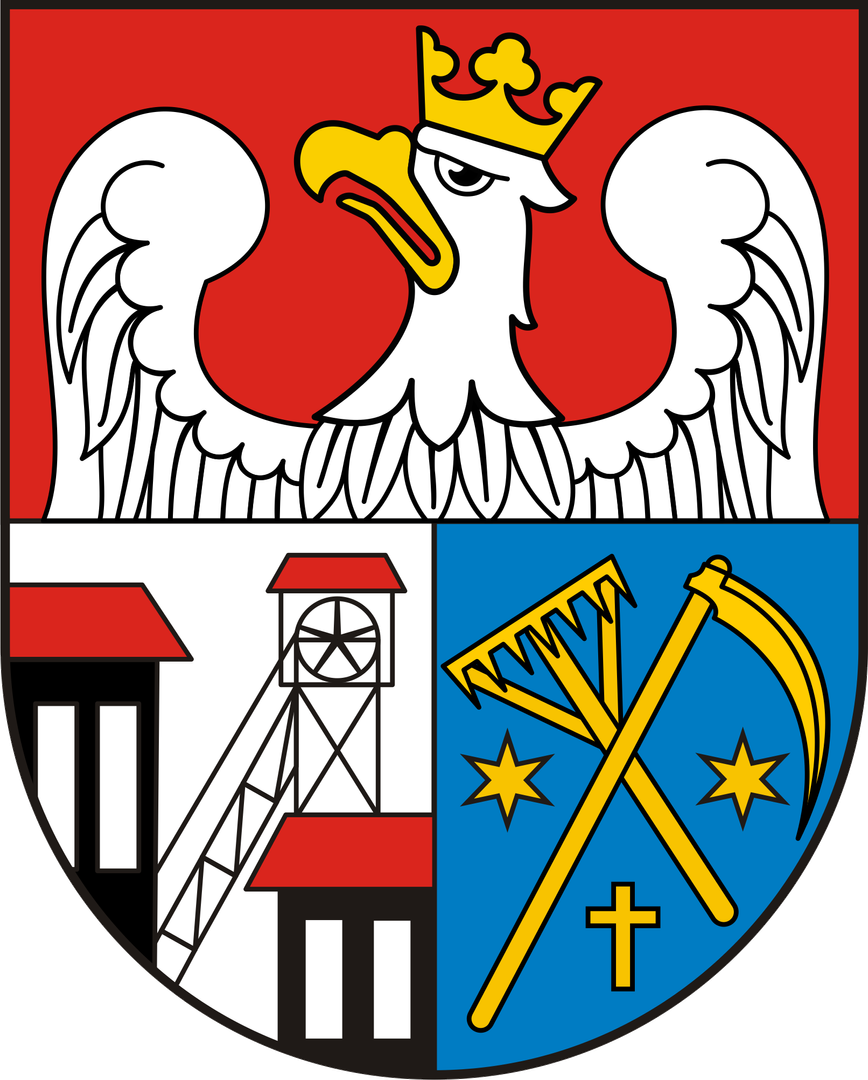Knurów
6.78

Overview
Knurów is a city located in southern Poland, in the Silesian Voivodeship, bordering Gliwice and Rybnik. Situated on the Silesian Highlands, within the Upper Silesian Industrial Region, the city stands out for its advantageous geographical location and rich history. The first mentions of Knurów date back to 1295, and in the 19th century, due to industrialization, it transformed from a rural settlement into an industrial center. Particularly dynamic development occurred at the turn of the 19th and 20th centuries, when deposits of hard coal were discovered, leading to the creation of numerous workers' estates designed by Karl Henrici. Knurów's culture is vibrant, with the activities of the Cultural Center, which organizes artistic and educational events. The city is home to the folk ensemble "Wrazidloki" as well as various scouting organizations. Knurów also boasts valuable historical monuments, including the III Colony—an example of a workers' housing estate—and monuments commemorating the Silesian uprisings. Knurów also has its own city symbols, such as a coat of arms and a hejnał (bugle call), the melody of which is played daily at the town hall. The city hosts numerous sporting events, including the International Street Run. An interesting fact is that Knurów has city status despite not being a county seat, making it the only such city in Poland. The town faces environmental challenges, and in 2016, it was ranked among the most polluted cities in the EU. Through its rich cultural, architectural, and natural heritage, Knurów remains an important center in the region.
Location
2025 Wizytor | All Rights Reserved